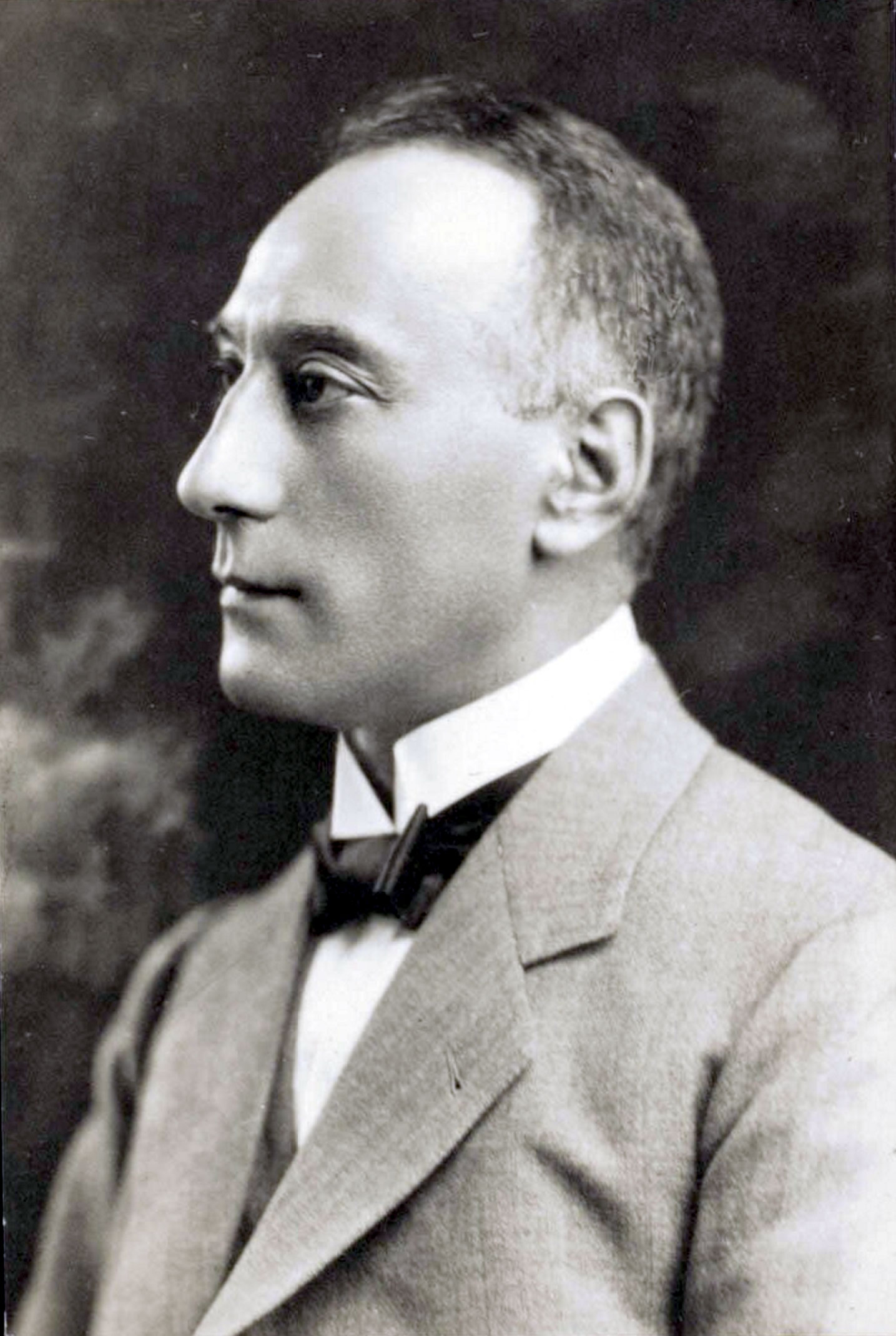On Holocaust Remembrance Day, the stories of two Jewish scientists
There were over six million Jews, allies and collaborators who were persecuted and murdered by the Nazi regime during the Holocaust
Today is the International Day of Commemoration, in memory of the victims of the Holocaust, where over six million Jews, allies and collaborators were persecuted and murdered by the Nazi regime. Six million is a difficult number to even begin to comprehend, so picture it this way: about two out of every three Jews in Europe were killed in this horrific genocide.
For many Jewish scientists, to practice science publicly in a region ruled by Nazi ideology was a death sentence. No one was exempt from this persecution. These are just two stories of those lost.
Leonore Rachelle Brecher — a skilled botanist
Born in Romania, Leonore Rachelle Brecher lived in a vibrant Jewish communities. At age twelve, she went to live with relatives after the death of both of her parents. Brecher went on to study zoology at a university in Chernivtsi, in what's now Ukraine. As her career started gaining traction, she moved to study at the University of Vienna where she defended her doctorate on color adaptation in insect chrysalides.
Applying to her alma matter, Brecher was denied a professorship. She later found employment in Berlin, and then moved through many universities and cities, before being forced back to Vienna in 1930. After the German occupation of Austria, she lost her job at the Vienna Institute for Experimental Biology because of her Jewish faith and began to teach in a Jewish gymnasium.
Like many Jewish European scholars, Brecher applied for refugee scholarship but was denied financial assistance by a British agency as her specialty was deemed too narrow, and rejected by the US because of the limited quota for Romanian immigrants. On 14 September 1942, Brecher was arrested and deported to the Maly Trostinets extermination camp, where she was killed immediately upon arrival.
Ernst Julius Cohen - a decorated Dutch chemist
Ernst Julius Cohen was born in March 1869 in Amsterdam, Netherlands. He studied Latin and Greek, before going to pursue a PhD in chemistry, under the supervision of J.H. Van't Hoff, at the University of Amsterdam, where his doctorate was titled "Het bepalen van overgangspunten langs electrischen weg en de electromotorische kracht bij scheikundige omzetting" (Determining transition points by electric way and the electromotor force in chemical conversion). After his defense in 1893, Cohen continued as a researcher, where subsequent positions included serving as a professor of physical chemistry in Amsterdam, and later, the director of a chemical laboratory at the University of Utrecht (until his retirement in 1939).

Ernst Julius Cohen (1869-1944)
After contributing to the discovery of two tin allotropes (white and gray tin), Cohen was propelled into the spotlight and began lecturing across the US and Europe. Cohen's studies spanned various fields, including electro- and thermochemistry, and was considered as the "greatest of the disciples of Van't Hoff."
Just like Brecher however, Cohen was caught in the Nazi's sweep across Europe. In 1941, Cohen's property was seized. In May 1942, Cohen was obligated to wear the "yellow star" and faced multiple restrictions because of his Jewish faith. In 1943, Cohen was arrested in his own laboratory on the charge of entering a "public" building. His friends' efforts were insufficient to secure his release, and he was deported to a concentration camp at Vught in Holland, but was fortunately released thanks to a plea made by the Council of the Dutch Chemical Society to the S.S. authorities at the Hague. However, troubles slowly continued, and on March 3rd 1944, Cohen was transported to the Auschwitz concentration camp, where he was murdered in the gas chambers.


















